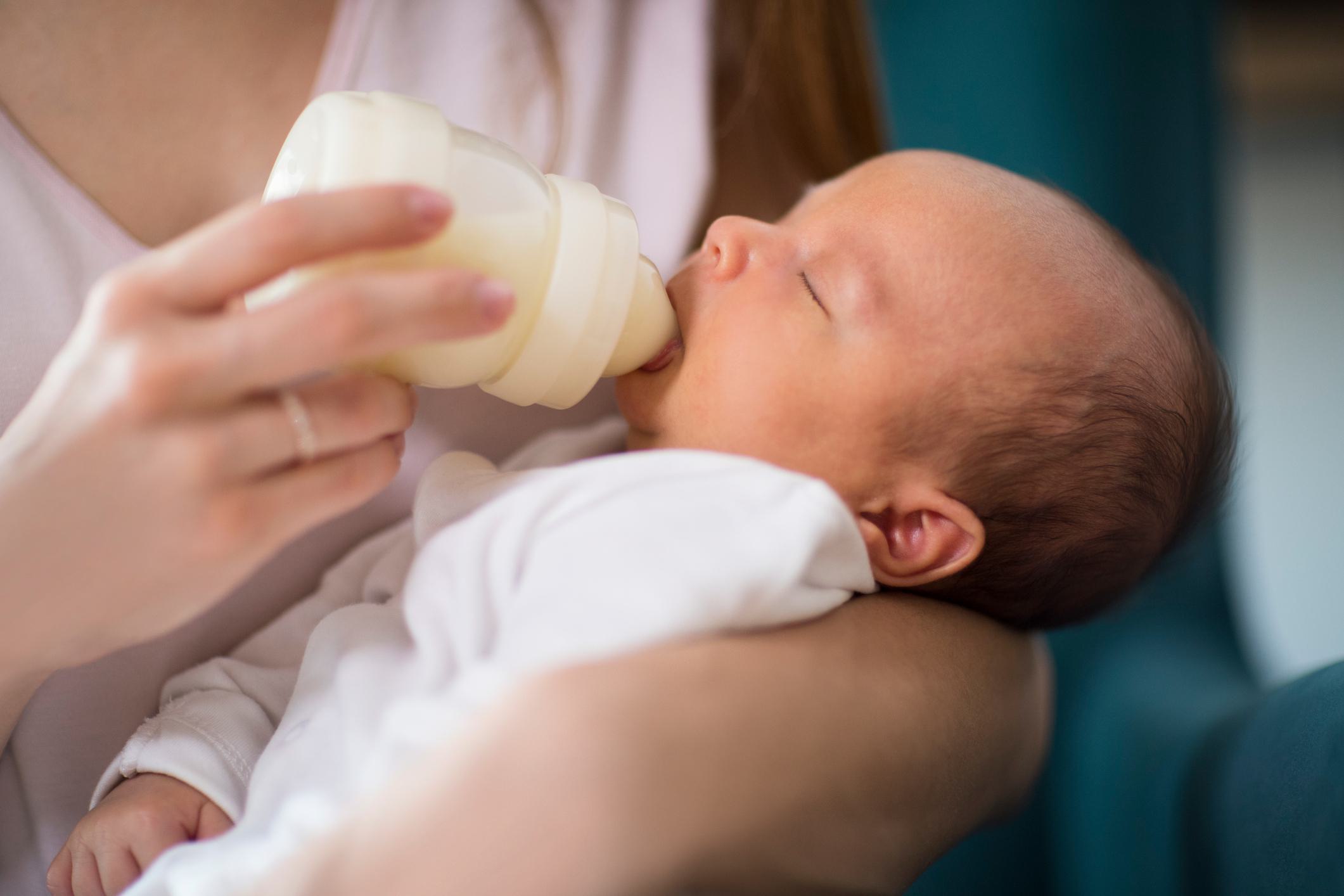Participation in a federal welfare program for Women, Infants and Children (WIC) declined in Alabama during the pandemic in contrast with the rest of the Southeast.
According to a new report by the Food Research & Action Center (FRAC), total WIC participants in Alabama declined from 111,756 in February 2020 to 106,669 in February 2022, a decrease of 4.6%.
Total participation in WIC increased in the Southeast by 3.1% during that same period. Nationally, total participation in the program increased over the same time period slightly by 1.2%.
According to the Alabama Department of Public Health, WIC is a supplemental nutrition program for pregnant women, breastfeeding women, women who had a baby within the last six months, infants and children under the age of five. To qualify for the program, one must meet income requirements and have a nutritional risk.
"The Alabama Department of Public Health (ADPH) does not have an explanation regarding participation rates changing prior to or during COVID-19," Arrol Sheehan, a spokesperson for ADPH, said in an email to 1819 News. "ADPH continues to encourage persons to visit our WIC website for educational purposes and to view information regarding how to apply for WIC."
The state with the largest WIC participant percentage increase was North Carolina, at 21%. The state with the largest percentage decline was New Mexico, with a decrease of 19.7%.
According to its website, the Food Research & Action Center (FRAC) "improves the nutrition, health and well-being of people struggling against poverty-related hunger in the United States through advocacy, partnerships, and by advancing bold and equitable policy solutions."
To connect with the author of this story, or to comment, email caleb.taylor@1819News.com.
Don't miss out! Subscribe to our newsletter and get our top stories every weekday morning.










